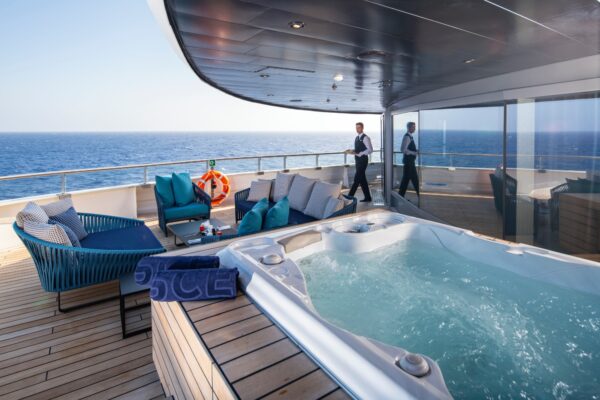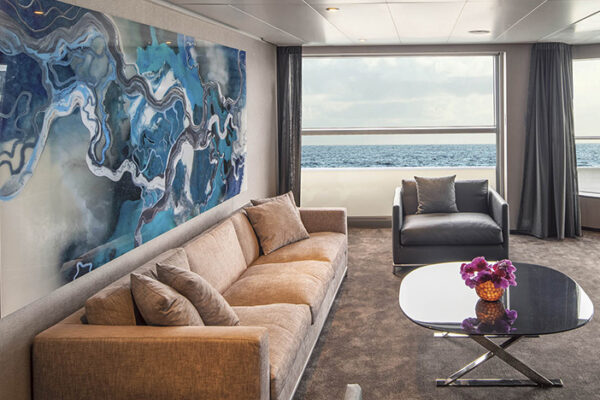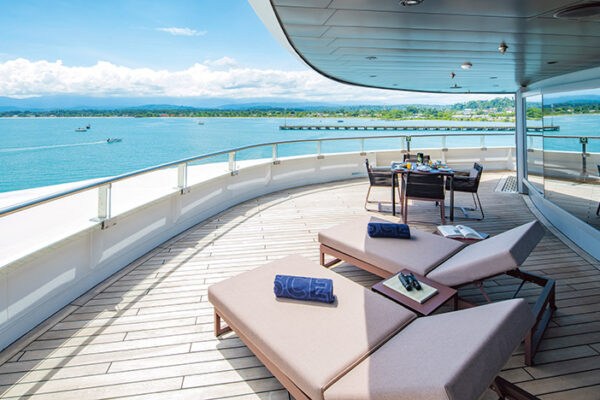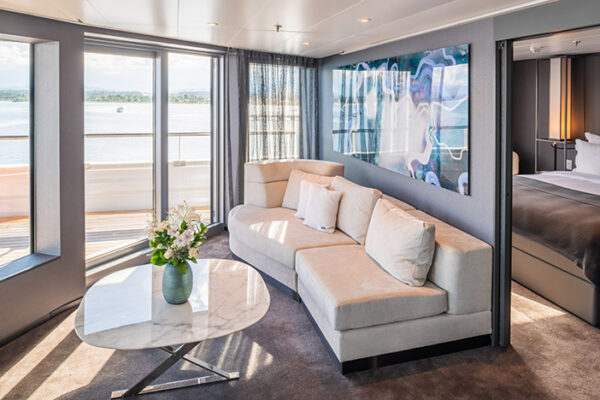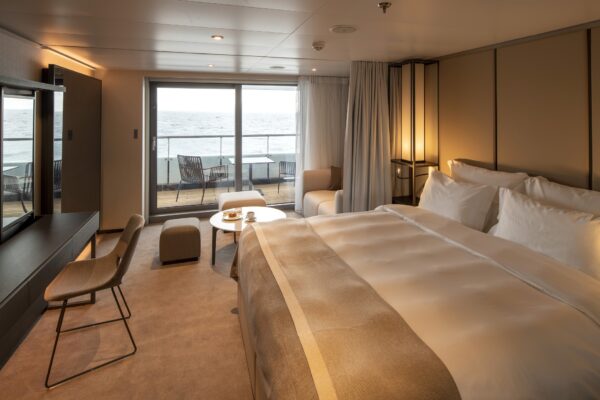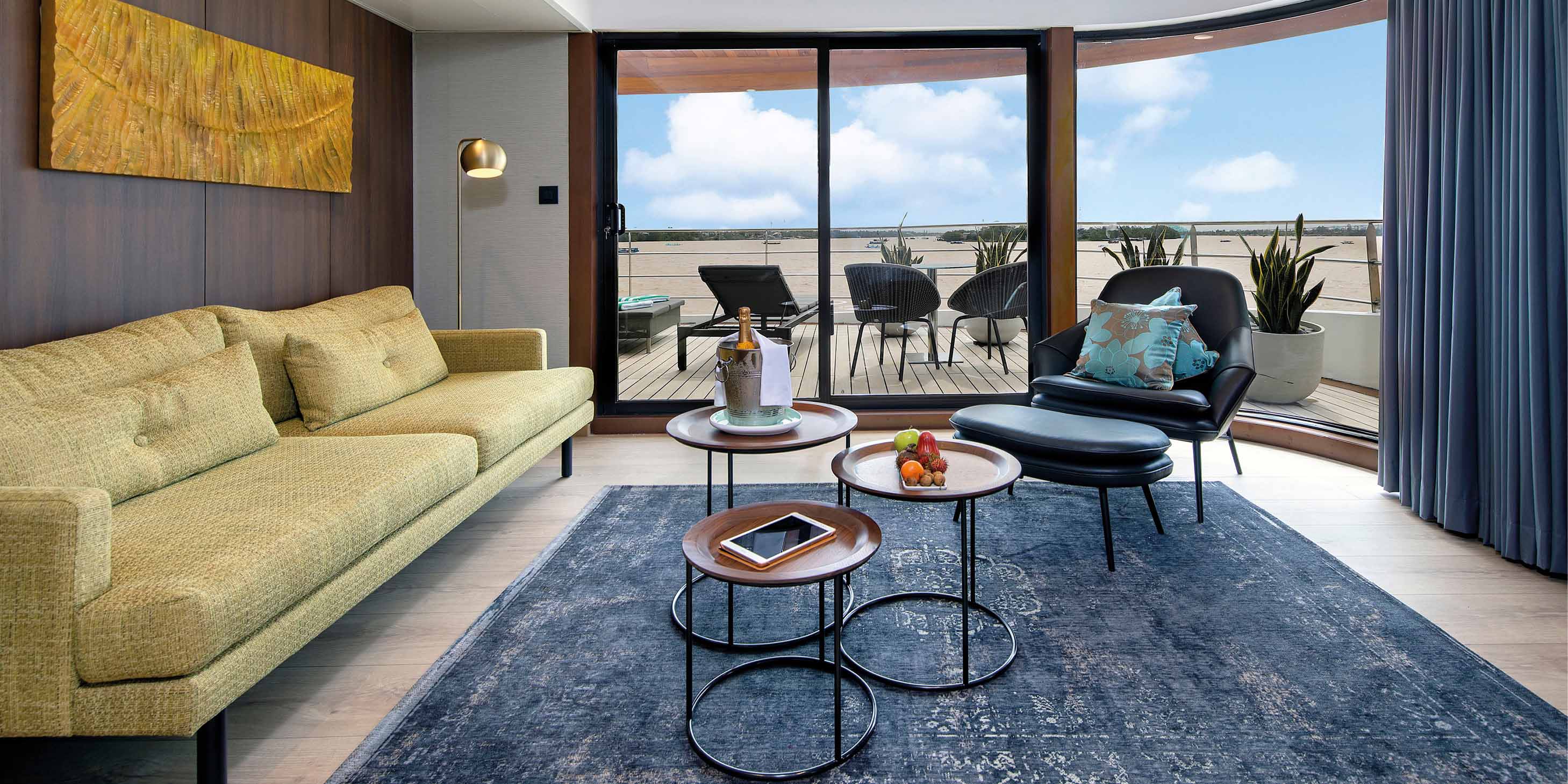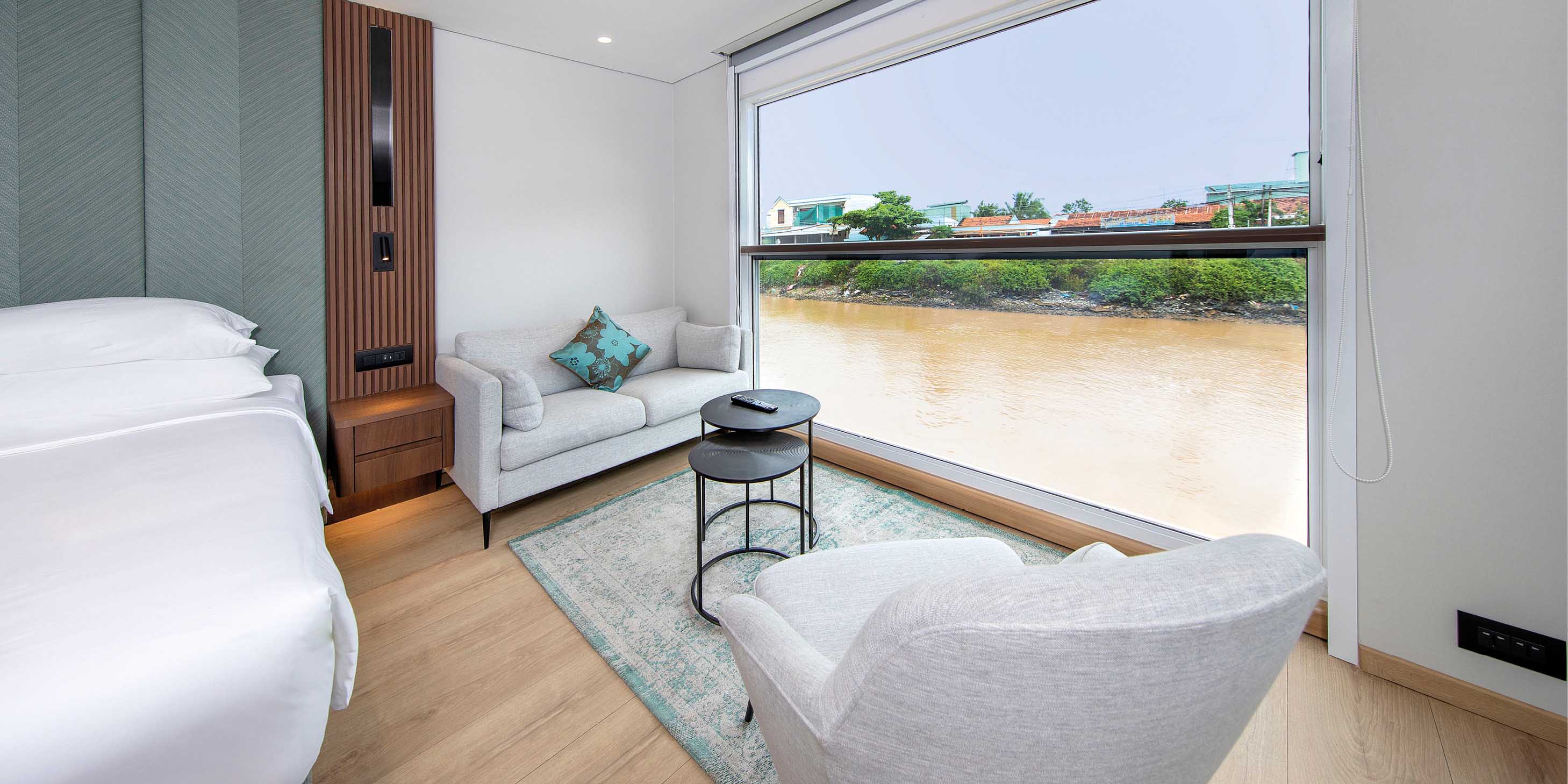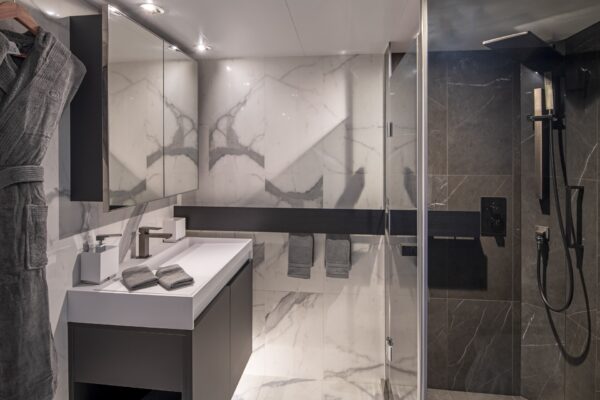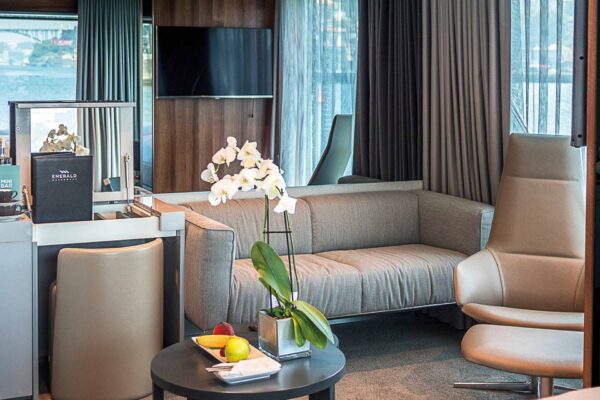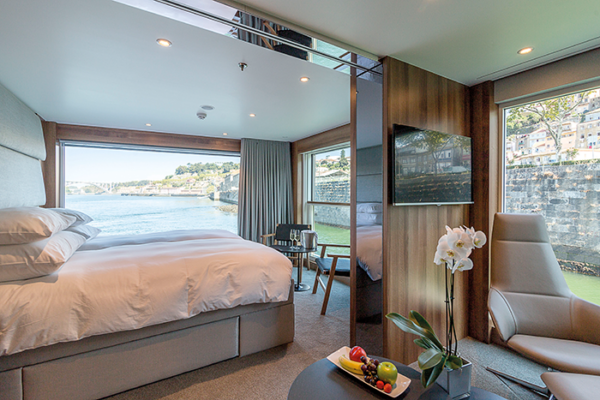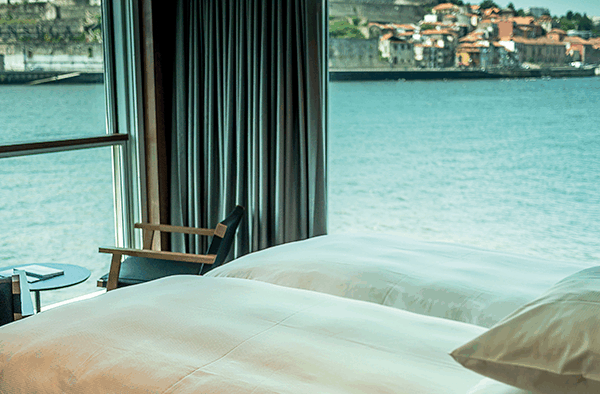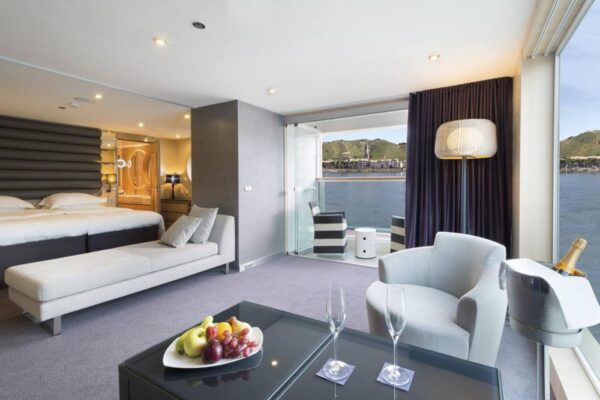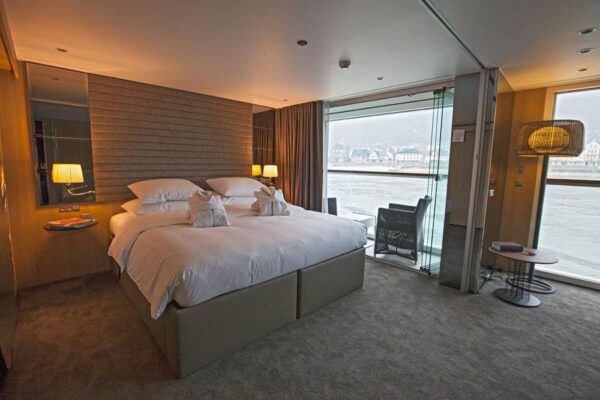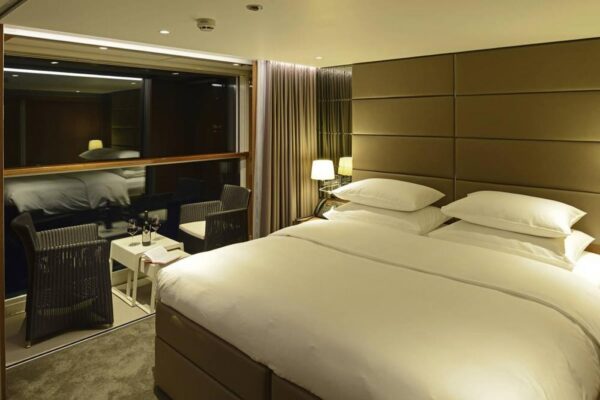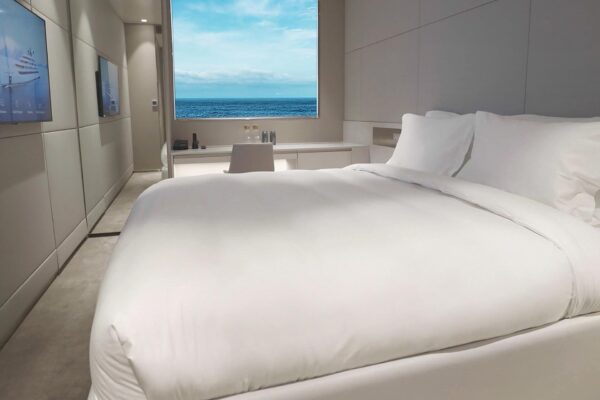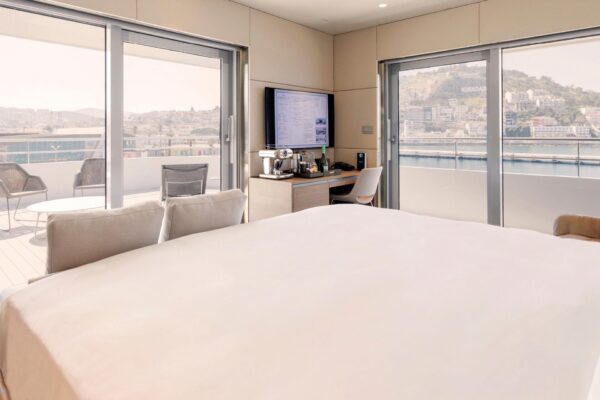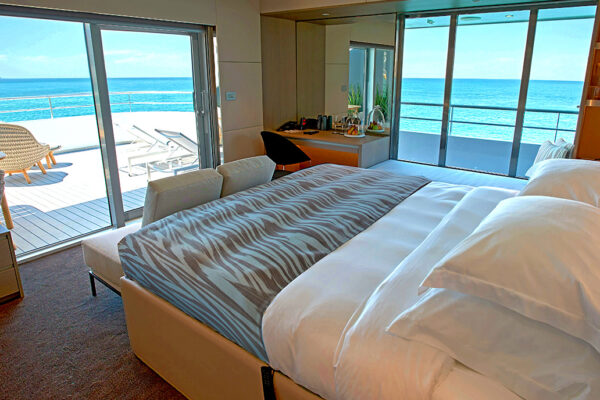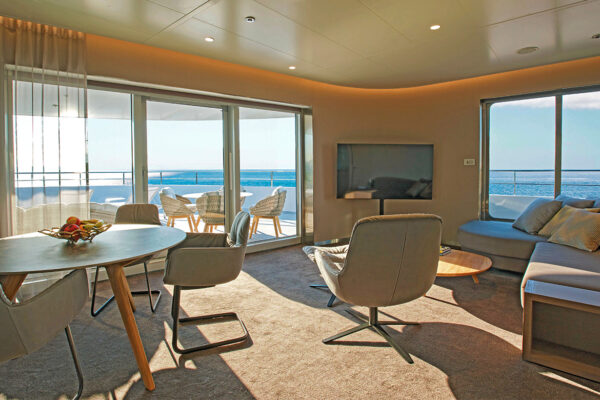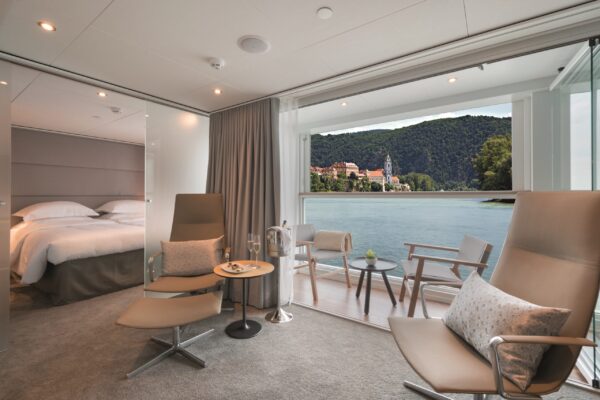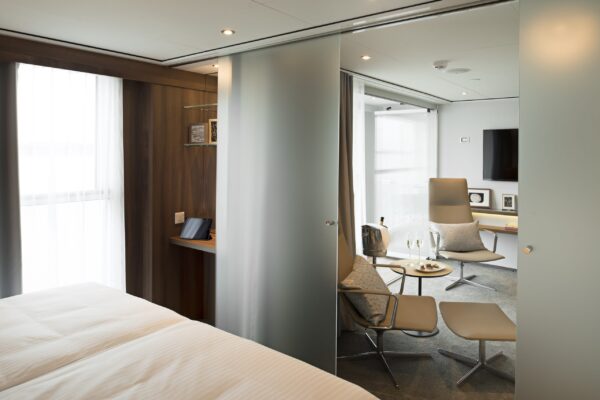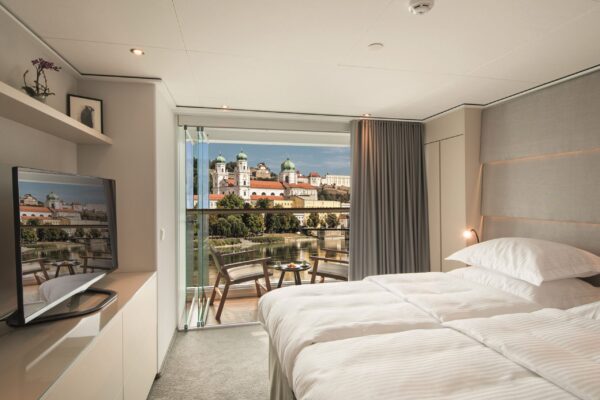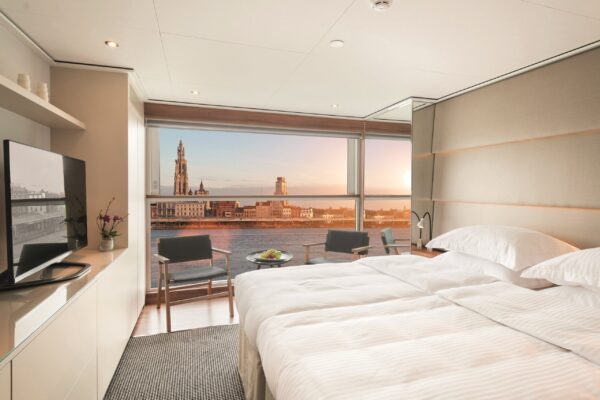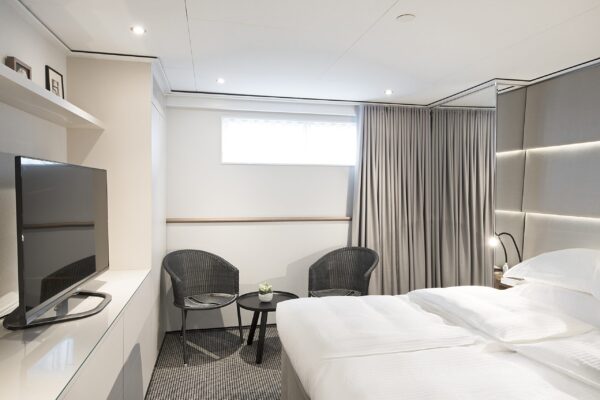History of Dubrovnik, Croatia
Dubrovnik, often referred to as the “Pearl of the Adriatic,” stands as one of Europe’s most beautifully preserved medieval cities. Situated on the southern coast of Croatia along the Adriatic Sea, its stone walls, Baroque buildings, and terracotta rooftops evoke centuries of maritime power, political independence, and cultural sophistication.
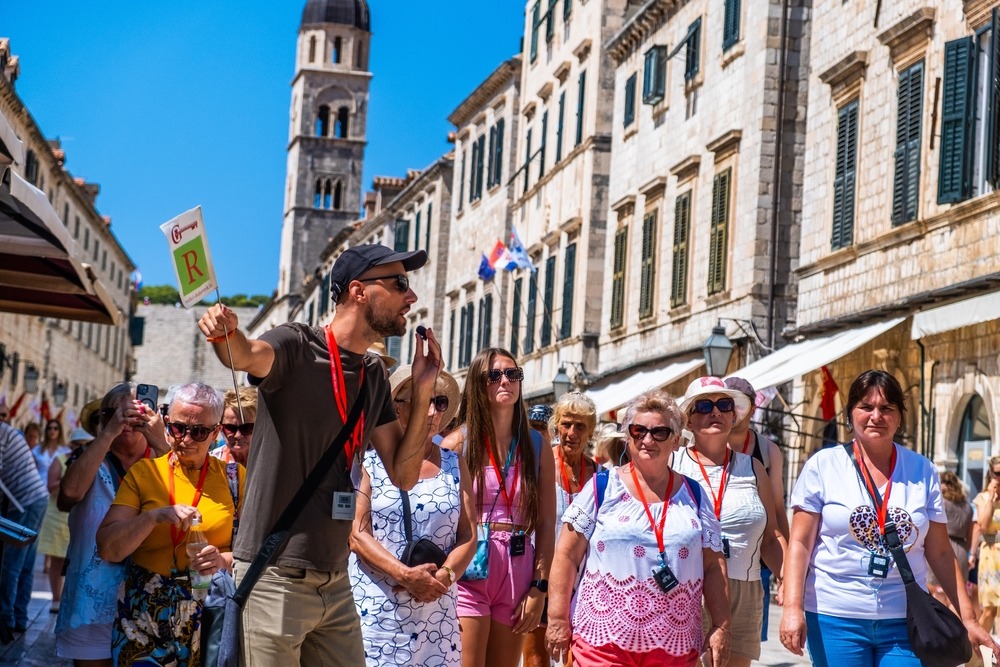
Early Beginnings
The origins of Dubrovnik trace back to the 7th century, when Latin refugees from the Roman city of Epidaurum (now Cavtat) fled to a rocky island known as Lave or Ragusa. At the same time, Slavic tribes settled the mainland opposite. Over time, these two communities merged, physically and culturally, into one fortified city. The name “Dubrovnik” comes from the Slavic word dubrava, meaning oak grove, in reference to the surrounding forested areas.
The Republic of Ragusa
By the 13th century, Dubrovnik had become a powerful maritime republic known as the Republic of Ragusa, rivaling Venice in trade and diplomacy. It was a center for commerce, diplomacy, and shipbuilding, leveraging its location between East and West. The city’s wealth allowed it to flourish with an independent-minded government, advanced legal codes, and alliances that prioritized peace and neutrality. Ragusa even abolished slavery in the early 15th century—ahead of much of Europe.
Dubrovnik was governed by a Senate, with a rector who served as the symbolic head of state for only one month at a time, ensuring limited individual power. Its famous motto, “Libertas” (Freedom), still appears on city gates and flags.
Natural Disasters and Wars
A devastating earthquake in 1667 destroyed much of the city and killed thousands, but key structures, such as parts of the city walls and Rector’s Palace, survived. Dubrovnik’s power waned over time, and by 1808, it fell under Napoleon’s control, ending centuries of independence. Later, it became part of the Austro-Hungarian Empire and then Yugoslavia.
During the Croatian War of Independence in the 1990s, Dubrovnik was heavily shelled in a siege that shocked the world, especially given the city’s UNESCO World Heritage status. Extensive restoration followed, and today, Dubrovnik stands once again as a shining symbol of resilience and cultural pride.
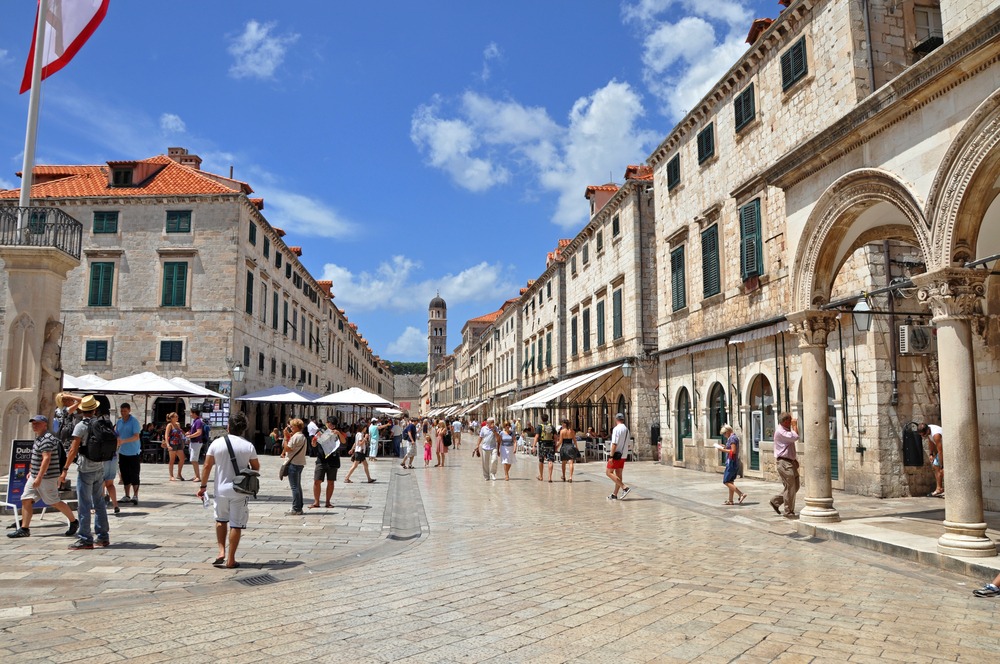
Top 25 Attractions in Dubrovnik
1. City Walls
A walk along Dubrovnik’s 13th-century walls is essential. Offering panoramic views of the sea and old town, the 1.2-mile loop is one of Europe’s most iconic urban experiences.
2. Old Town (Stari Grad)
A UNESCO World Heritage Site, the Old Town is a labyrinth of limestone streets, palaces, fountains, churches, and lively squares, all enclosed within historic fortifications.
3. Stradun (Placa)
Dubrovnik’s main promenade, this marble-paved street stretches from Pile Gate to the harbor, lined with shops, cafes, and landmarks. It’s the beating heart of the city.
4. Rector’s Palace
Once the seat of the Republic’s government, the palace now houses the Cultural History Museum and showcases beautiful Gothic-Renaissance architecture.
5. Sponza Palace
A surviving example of pre-earthquake architecture, this 16th-century palace now holds the city archives and is a stunning example of civic pride and style.
6. Dubrovnik Cathedral (Assumption Cathedral)
Built on the ruins of earlier churches, this 18th-century Baroque cathedral includes relics and treasures, including one said to be donated by Richard the Lionheart.
7. Franciscan Monastery and Pharmacy
Home to one of the oldest functioning pharmacies in Europe (established in 1317), the monastery also features a peaceful cloister and library.
8. Dominican Monastery
This 14th-century monastery boasts a rich art collection, including works by Dubrovnik painters and European masters.
9. Lovrijenac Fortress
Dubbed the “Gibraltar of Dubrovnik,” this sea-facing fortress rises dramatically on a cliff. It has been a symbol of liberty and is now used for cultural events.
10. Fort Revelin
One of the largest defensive structures in the city, Fort Revelin guarded the eastern approach and today hosts concerts and summer festivals.
11. Mount Srđ
Take the cable car up Mount Srđ for sweeping views of the city and coastline. A fortress at the summit houses a museum about the Homeland War.
12. Dubrovnik Cable Car
A quick and scenic ride from the city to Mount Srđ’s summit, it’s one of the best ways to appreciate Dubrovnik’s layout and beauty from above.
13. Banje Beach
This picturesque beach is just outside the city walls and offers sunbeds, water sports, and views of Lokrum Island and the Old Town.
14. Lokrum Island
A short boat ride from the harbor takes you to this lush island nature reserve featuring botanical gardens, a Benedictine monastery, peacocks, and swimming spots.
15. Pile Gate
The main entrance to the Old Town, this 16th-century gate features a stone bridge and statue of Saint Blaise, the city’s patron saint.
16. Ploče Gate
The eastern entrance to the Old Town, Ploče Gate offers great access to the harbor and nearby attractions, such as Fort Revelin.
17. Onofrio’s Fountain
A 15th-century public fountain built as part of the city’s aqueduct system. It’s still operational and offers refreshing water to passersby.
18. Gundulić Square Market
A lively morning market offering fresh produce, lavender products, local cheese, and artisan goods, perfect for local flavor and souvenirs.
19. Buža Bar
Accessible through a hole in the city wall, this bar is perched on the cliffs with direct access to the sea—ideal for sunset cocktails or cliff diving.
20. Dubrovnik Maritime Museum
Housed within St. John’s Fortress, this museum traces the city’s seafaring legacy, shipbuilding, and naval power across centuries.
21. War Photo Limited
A powerful photojournalistic gallery that showcases images from conflicts around the world, including the Balkan Wars, with thought-provoking exhibits.
22. Cultural Festivals (Dubrovnik Summer Festival)
Each July and August, the city becomes a stage for open-air theater, classical music, and dance in historical venues.
23. The Jesuit Stairs and Church of St. Ignatius
This picturesque staircase and Baroque church are now Instagram-famous thanks to their appearance in “Game of Thrones.”
24. Game of Thrones Tours
Fans of the series can take specialized walking tours to filming locations used for King’s Landing, including Fort Lovrijenac and the city walls.
25. Trsteno Arboretum
Located just outside Dubrovnik, this 15th-century Renaissance garden is the oldest in Croatia and features rare plants, sculptures, and sea views.
In Conclusion
Dubrovnik is a destination that merges centuries of resilient history with a stunning coastal atmosphere. Whether you’re a history enthusiast tracing the legacy of the Republic of Ragusa, a culture seeker enjoying festivals and museums, or a beach lover soaking in Adriatic sunshine, Dubrovnik offers something unforgettable for everyone. Its blend of preserved heritage, natural beauty, and cosmopolitan flair ensures that visitors leave not just with photographs—but with stories, inspiration, and a deep appreciation for Croatia’s coastal crown jewel.



